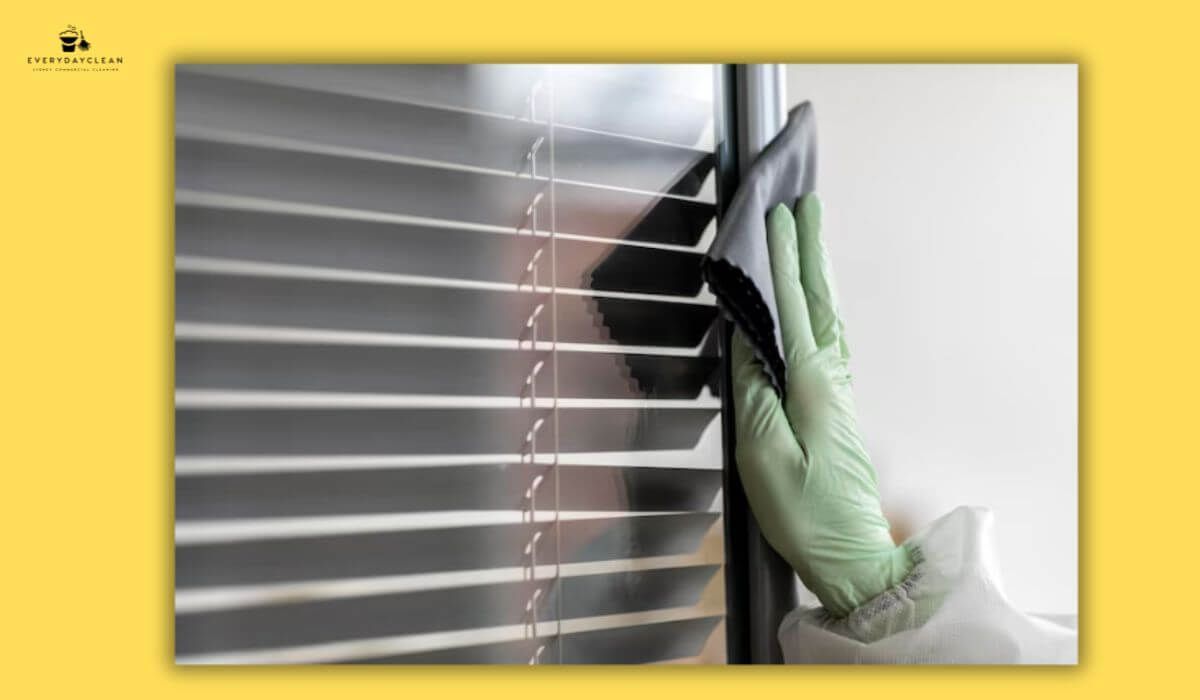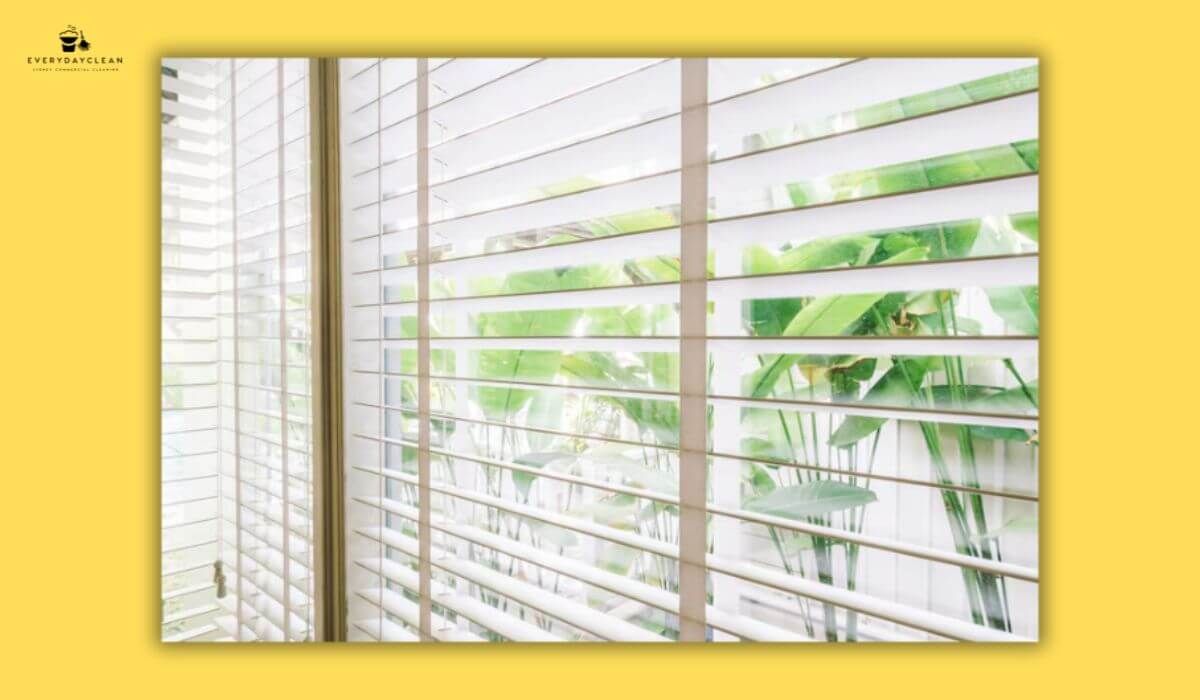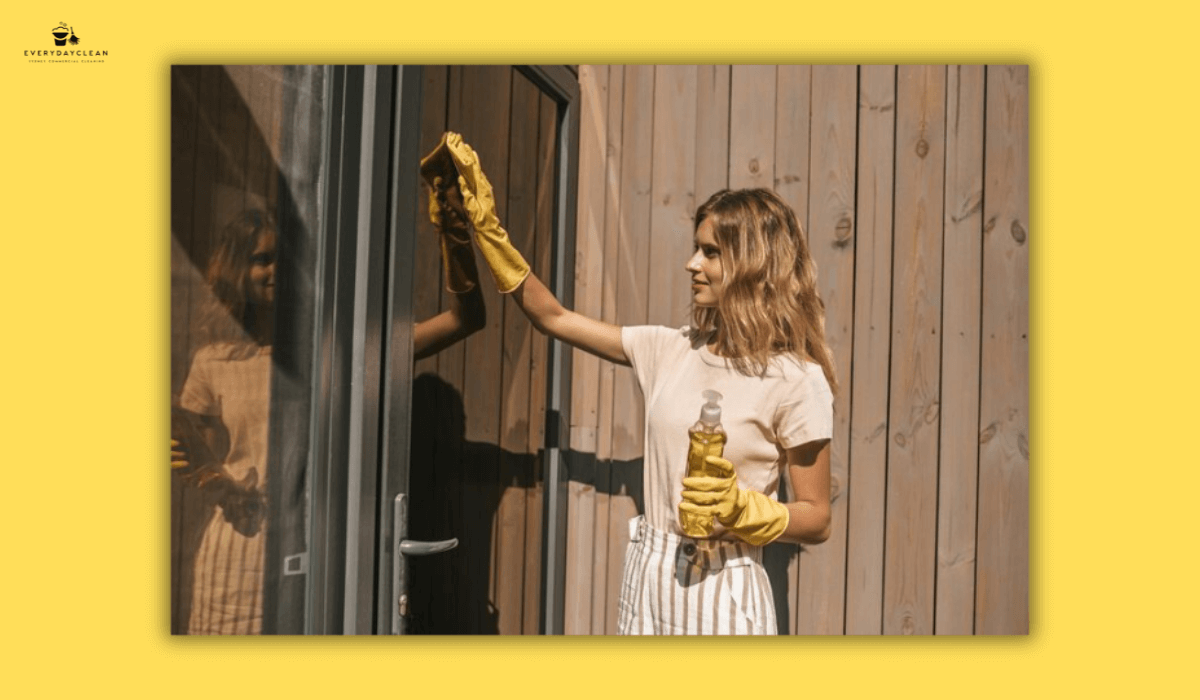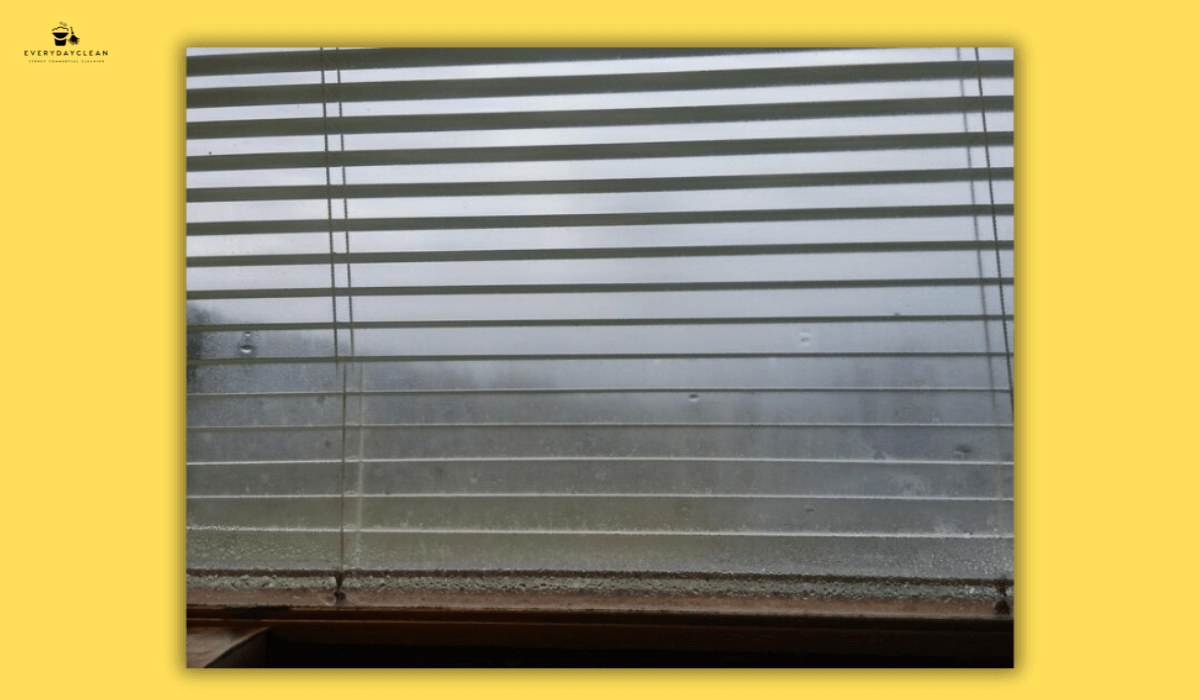Office Blind Cleaning Methods: 7 Steps
Office blind cleaning methods are essential to maintaining cleanliness, reducing allergens, and creating a professional workspace environment. In commercial offices, blinds often accumulate dust, fingerprints, and airborne particles from HVAC systems or open windows. Unlike floors or desks, blinds are often overlooked, yet they play a crucial role in indoor air quality and visual hygiene. This step-by-step guide outlines how to properly clean office blinds, whether they’re made of fabric, aluminium, or PVC, using professional cleaning logic and safe practices.
Step 1: Assess the Type of Blinds Before Cleaning
Different blind types require different cleaning approaches. Identifying the material is essential to avoid damage.
- Vertical blinds: Usually fabric or PVC; common in meeting rooms.
- Venetian blinds: Made from aluminium, timber, or plastic; often seen in shared offices.
- Roller blinds: Typically fabric; minimalistic and used in modern workspaces.
Understanding the material and mechanism (manual vs motorised) ensures the cleaning method selected won’t damage components or finishes.
Step 2: Remove Loose Dust and Surface Dirt
Start with basic maintenance by removing loose dust and particles. This step helps prevent buildup and keeps blinds looking professional.
Recommended methods:
- Use a
microfibre cloth to wipe each slat individually.
- Apply a
vacuum with a soft brush head on low suction for a more thorough clean.
- Dust from top to bottom and follow the slat orientation to prevent damage.
This step should be done weekly or fortnightly, depending on the workspace environment.
Step 3: Spot Clean Visible Stains or Grime
After removing surface dust, the next step is to treat any visible marks caused by hand oils, food splashes, or air pollutants.
Technique:
- Mix mild detergent with warm water.
- Use a clean, soft cloth to gently blot stains.
- Avoid aggressive rubbing, especially on fabric or timber.
For vinyl or aluminium blinds, diluted white vinegar can also be used to lift stubborn grease marks effectively.

Step 4: Deep Clean Using Wet or Soaking Methods (Material-Dependent)
In cases of heavy grime, deep cleaning becomes necessary. This step varies based on the material:
- Plastic and aluminium blinds: Can be taken down and soaked in a bathtub or commercial cleaning tub for 30–60 minutes. Rinse and allow to dry.
- Fabric blinds: Use foam upholstery cleaner or gentle hand blotting with detergent. Never soak.
- Timber blinds: Use minimal water and wipe with a damp (not wet) cloth.
Always test on a small section first to prevent material degradation.
Step 5: Disinfect to Maintain Workspace Hygiene
For high-touch shared areas or during flu season, disinfecting is a necessary step.
Choose a TGA-approved, non-bleach disinfectant safe for indoor surfaces.
This disinfecting step is aligned with broader
office cleaning safety tips that address shared surface hygiene, especially in breakout rooms or reception areas.
Instructions:
- Choose a
TGA-approved, non-bleach disinfectant safe for indoor surfaces.
- Lightly mist the surface or apply using a damp cloth.
- Allow proper dwell time (as per product label) before wiping dry.
This step is especially important for blinds near food areas, bathrooms, or HVAC vents.
Step 6: Ultrasonic Blind Cleaning for Deep Restoration
When traditional methods fall short, ultrasonic cleaning offers a commercial-grade solution. This method uses high-frequency sound waves to dislodge grime and allergens from the tiniest crevices.
Ultrasonic cleaning is suitable for:
- Aluminium and plastic Venetian blinds
- Allergy-sensitive environments (e.g., healthcare or shared coworking spaces)
- Blinds that haven’t been cleaned in over 12 months
Professional cleaning services often offer mobile ultrasonic units for on-site servicing.
Step 7: Ensure Complete Drying Before Reinstallation
Proper drying is vital to avoid mildew, watermarks, or warping.
Drying techniques:
- Air-dry blinds in a shaded, dust-free area
- Hang vertical blinds or lay Venetian blinds flat with airflow
- Avoid direct sunlight on fabric blinds, which may fade the material
Always test the blind mechanism before reinstalling.

FAQs About Office Blind Cleaning
Before wrapping up, let’s address a few commonly searched questions about blind cleaning in the workplace:
How often should office blinds be cleaned?
Office blinds should be dusted weekly and deep cleaned every 3–6 months. High-traffic offices, or those in dusty environments or near kitchens, may require monthly maintenance. Implementing a regular cleaning routine reduces allergens and helps extend the life of the blinds.
Can you clean office blinds without taking them down?
Yes. Most office blinds can be cleaned in place using a vacuum, duster, or damp cloth. However, for deep cleaning or ultrasonic treatment, removing them is recommended. In-place cleaning is ideal for maintenance, but not always sufficient for stain or odour removal.
What is the safest method for cleaning fabric blinds?
Fabric blinds should never be soaked. Instead, vacuum them regularly using a brush attachment, then spot clean stains with diluted detergent. Blot gently and avoid over-wetting to prevent shrinkage or mould.
Are there eco-friendly blind cleaning methods?
Absolutely. Use microfibre cloths (reusable), plant-based sprays with no harsh chemicals, and air drying. For DIY cleaners, white vinegar diluted with water works well on aluminium and vinyl blinds.
Commercial Blind Cleaning in Sydney
Everyday Clean delivers expert office cleaning services across Sydney, using safe, certified techniques to restore blinds and maintain workplace hygiene. Our team works with all types of blinds—from fabric rollers to aluminium Venetians—offering both regular cleaning and deep restorative solutions like ultrasonic cleaning.
Author: Everyday Clean Content Team
Everyday Clean is Sydney’s trusted provider of commercial cleaning solutions, including pools, gyms, offices, and strata properties. Our licensed professionals use advanced, eco-friendly equipment to deliver safe, compliant, and spotless results. With deep experience across Sydney’s hospitality, fitness, and residential sectors, we help facilities maintain inviting, healthy environments that guests trust.


